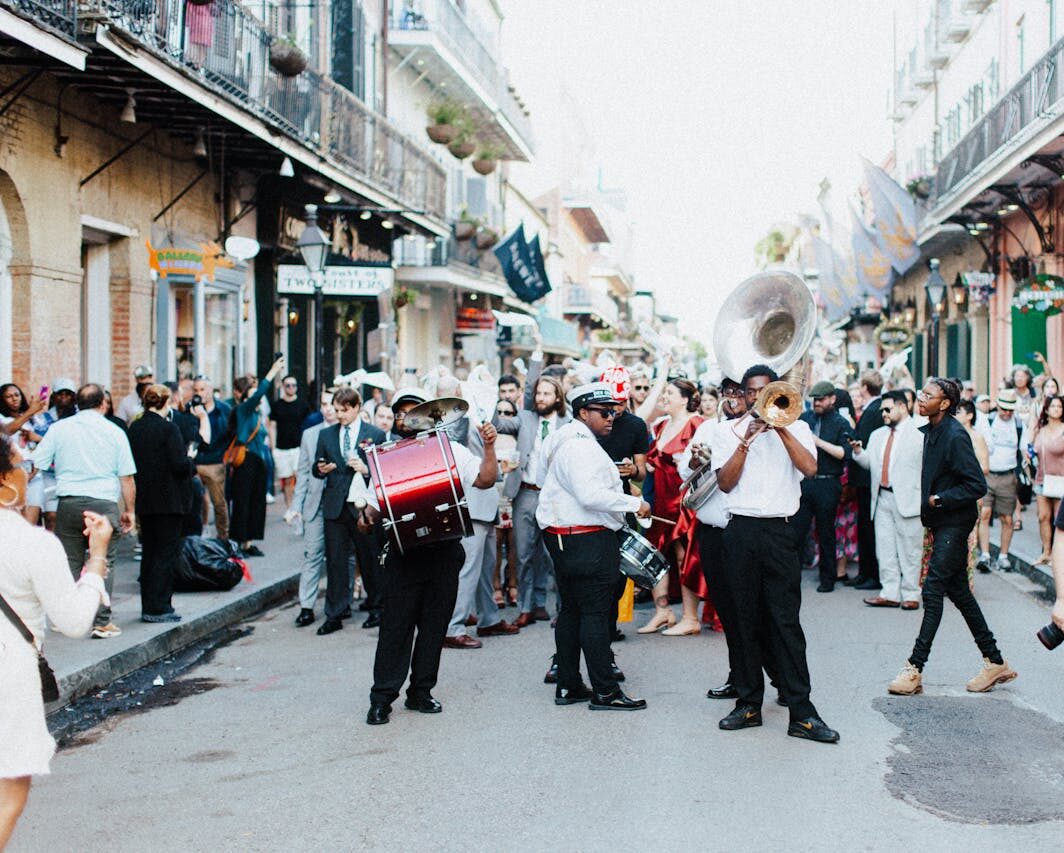
December 8, 2024
New Orleans Bestows Historic Marker On Black Business District Forced Out By Interstate Construction
From the 1830s until the 1970s, Black people used the area to shop.
New Orleans has bestowed a historic marker on a Black business district shut down by the development of an interstate highway.
According to Nola.com, the marker was a project fulfilled by the Plessy and Ferguson Initiative. Founded by the descendants of the men involved in the Plessy v. Ferguson case, which legalized segregation in the United States, the organization worked with other community groups to place the marker under the Claiborne overpass.
Before its upheaval, Black New Orleans residents could find shops owned by fellow members of their community on Claiborne Avenue. Racial discrimination originally restricted who could shop on the famous Canal Street. Given this, Black people instead flocked to the area to get everything from groceries to funeral arrangements.
The retail hub was home to multiple Black-owned businesses, with emerging and established entrepreneurs setting up shop for generations. Comprised of pharmacies, theaters, studios, and more, it helped sustain the vibrant Black culture in the area. It reigned as the main street of Black New Orleans from the 1830s until the 1970s.
The street once showcased a picturesque canopy of oak trees surrounding bustling businesses. However, its decline began with the expansion of roads in the southern state. The oak trees were the first casualties, cleared to make way for the construction of Interstate 10, and soon after, the district’s thriving entrepreneurs faced a similar fate.
Many of the residents recall not knowing about the impending project until the trees started to fall. Raynard Sanders, historian and executive director of the Claiborne Avenue History Project, remembered the feeling among the community.
“It was a devastation for those of us that were here,” said Sanders to the news outlet. “I was on my way to school and they were just tearing down oak trees. We had no forewarning.”
Despite its eventual decline, the district remains integral to Black New Orleans’ entrepreneurial legacy. Now, the city will have a physical reminder of the historic hub where Black business owners could thrive. They celebrated the marker’s unveiling in true New Orleans fashion with a second line that danced to Claiborne Avenue.
“The importance of the marker is to commemorate the businesses, the beautiful trees and the beautiful people that thrived in this area before the bridge came and the survival now of people who are still proud and gather under the bridge,” also said Keith Plessy, a descendant of Homer Plessy.
The upliftment of local Black businesses continues. Patrons and owners alike hope to evoke the spirit of Claiborne’s original entrepreneurs by empowering this community.
RELATED CONTENT: Bill To Establish Black Wall Street As A National Monument Advances